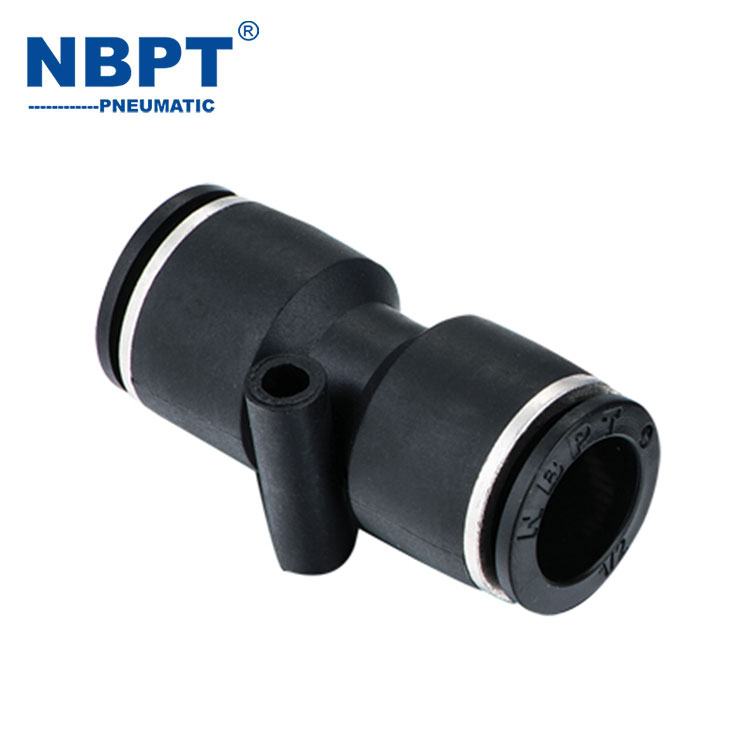Pneumatic Fittings: Essential Components for Efficient Air Flow Systems
2025-07-04
Pneumatic fittingsare crucial connectors used in pneumatic systems to join sections of tubing, hoses, or pipes, ensuring secure, leak-free airflow. These fittings facilitate the distribution and control of compressed air in industrial machinery, automation equipment, and various pneumatic tools.
What Are Pneumatic Fittings?
Pneumatic fittings are mechanical components that connect different parts of a pneumatic circuit. They come in various types, shapes, and sizes to accommodate different tubing diameters and application needs. Proper fittings are essential for maintaining system efficiency, safety, and longevity.

Common Types of Pneumatic Fittings
Elbow Fittings:Allow air flow direction changes, typically 90° or 45° angles.
Tee Fittings:Split air flow into two separate lines.
Straight Fittings:Connect two tubes in a straight line.
Reducer Fittings:Connect tubes of different diameters.
Quick Connect Fittings:Enable fast, tool-free connection and disconnection.
Push-to-Connect Fittings:Simplify assembly by allowing tubes to be inserted directly.
Materials Used
Brass:Durable and corrosion-resistant, suitable for high-pressure systems.
Stainless Steel:Ideal for harsh or corrosive environments.
Plastic (Nylon, Polyurethane):Lightweight and cost-effective for low-pressure applications.
Aluminum:Offers a balance of strength and weight.
Key Features and Benefits
Leak Prevention:Precision design ensures airtight seals.
Ease of Installation:Push-to-connect and quick connect fittings speed up assembly and maintenance.
Versatility:Suitable for various tubing sizes and pressures.
Durability:Materials resist wear, corrosion, and pressure fluctuations.
Safety:Reliable fittings prevent accidental disconnections and system failures.
Applications of Pneumatic Fittings
Industrial Automation:Powering pneumatic cylinders and actuators.
Manufacturing:Assembly lines, packaging machines, and robotic systems.
Automotive:Air brake systems and pneumatic tools.
Construction:Pneumatic nail guns, drills, and other equipment.
Medical Devices:Air supply in respiratory and diagnostic equipment.
Tips for Choosing Pneumatic Fittings
Compatibility:Ensure fittings match tubing size and type.
Pressure Rating:Select fittings rated for the system’s operating pressure.
Environmental Factors:Consider corrosion resistance based on application conditions.
Connection Type:Choose fittings for permanent or quick-release connections as needed.
Standards Compliance:Look for industry certifications to guarantee quality and safety.
Conclusion
Pneumatic fittings are indispensable for building efficient and reliable compressed air systems. Choosing the right fittings ensures optimal airflow, reduces downtime, and enhances the overall performance of pneumatic equipment. Whether for industrial automation or portable tools, quality pneumatic fittings are vital components for success.


